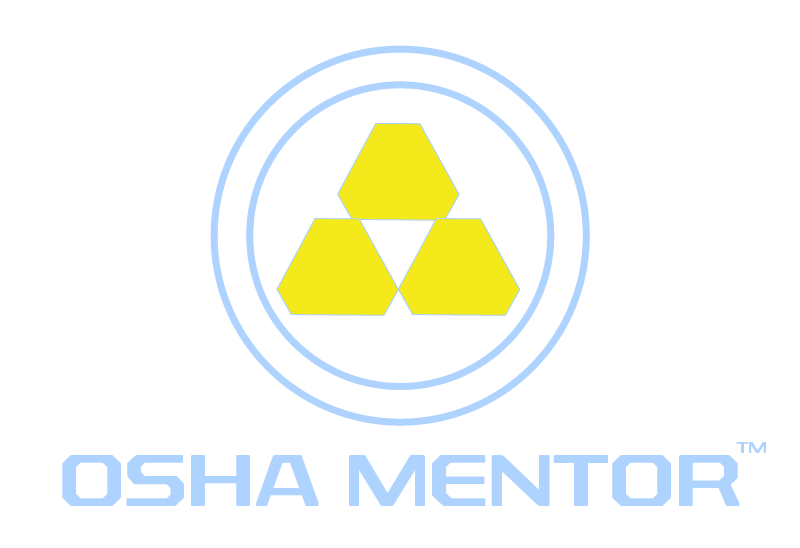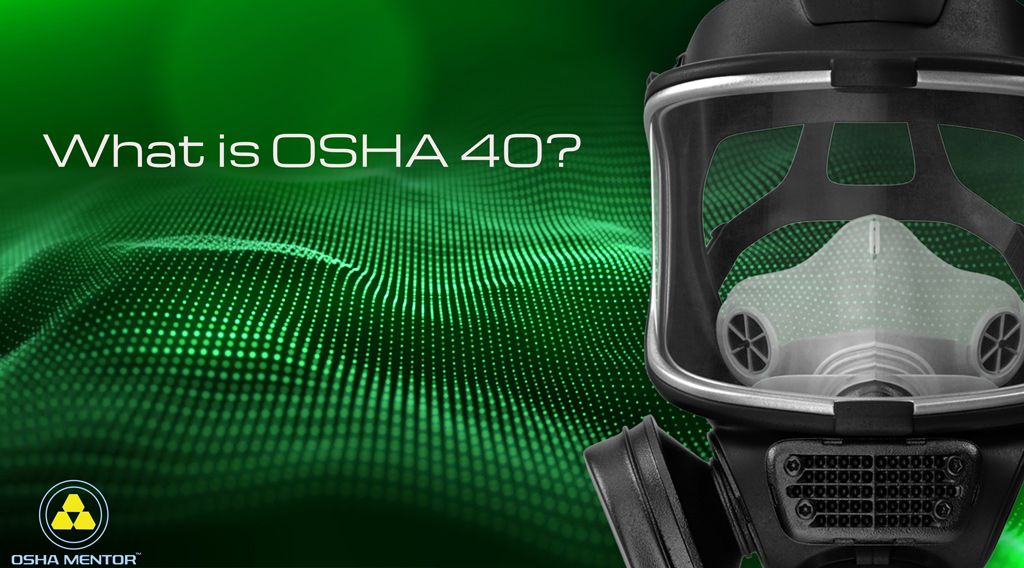
What is OSHA 40?

The Occupational Safety and Health Administration (OSHA) primarily focuses on setting and enforcing safety and health standards in the workplace. OSHA standards are categorized by industry, hazard type, and specific work activities, and they are usually identified by a numerical code that corresponds to the specific regulation. There is no widely recognized OSHA regulation or standard referred to as "OSHA 40" in the OSHA standards.
Because of the success for the OSHA 10 and 30 general industry and construction courses, many people refer to the 40 hour Hazardous Waste Operations and Emergency Response (HAZWOPER) training as OSHA 40. OSHA 40 and HAZWOPER 40 or 40 hour HAZWOPER are the exact same training courses. While the OSHA 10 and 30 training courses are voluntary, the OSHA 40 training is mandatory as required by 29 CFR 1910.120 (e). The "40" in "OSHA 40" refers to the 40 hour initial training requirement for general site workers under HAZWOPER.
OSHA 40 training is aimed at general site workers who are involved with remediation of contaminated sites. Many of these sites are listed on the National Priority List (NPL). Any person with a role in the cleanup of a contaminated site is required to have this training prior to conducting work activities. To facilitate proper safety measures, the work involves wearing protective suits and donning certain types of respiratory equipment. This is referred to as Personal Protective Equipment (PPE). It also sometimes involves strenuous work tasks; therefore, a physical medical examination is required. The medical exam will also have an individual undergo a pulmonary function test to measure how well the lungs function. This is a critical part of the exam as it determines if an individual can wear a respirator.
Training involves offsite instruction with a 40 hour duration. Various topics are covered (regulatory requirements, toxicology, PPE, etc.) and hands on training is performed with different types of equipment and PPE. It is important to note that hands on training must include the actual equipment an individual will be using in their job. Generic hands on training does not fulfill the OSHA regulatory requirement - training must be with the actual equipment. A written final exam is required to gauge student comprehension of training materials. A passing grade must be achieved to acquire a certificate. Once the academic and hands on training is successfully completed, an individual must have 3 days of site specific training conducted by a qualified supervisor.
The maximum class size must not exceed a 30:1 ratio of students per instructor. This class size decreases to a 15:1 student to instructor ratio during hands on training. This is a requirement as established in 29 CFR 1910.120 Appendix E non mandatory training guidelines.
Related Articles
What is the difference between HAZWOPER 40 and HAZWOPER 24?
Does OSHA certify me to work?
HAZWOPER Job Duties and Responsibilities
What Is OSHA HAZWOPER?
HAZWOPER PPE Levels
PPE Meaning
Does OSHA certify me to work?
HAZWOPER Job Duties and Responsibilities
What is HAZWOPER Site Control?
What is a HAZMAT Suit?
What happens if my HAZWOPER certification expires?
Which HAZWOPER training do I need?
HAZWOPER Training RegulationsWhat is a HAZMAT Suit?
What happens if my HAZWOPER certification expires?
Which HAZWOPER training do I need?
What Is OSHA HAZWOPER?
HAZWOPER PPE Levels
PPE Meaning
Write your awesome label here.

